Rosemary Is a Robust Herb With Plenty of Flavor
Learns the basics of growing this easy herb in warm and cool locales
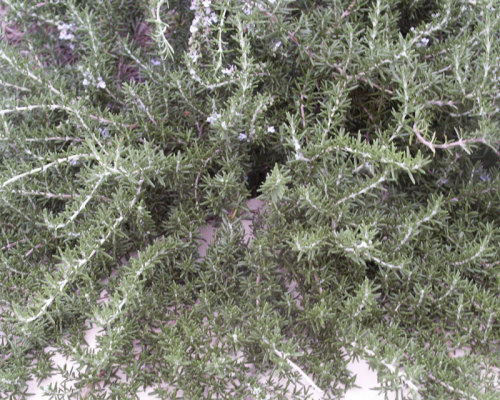
We cannot claim positively that any herb lightens doldrums or depression, but we are always cheered when we brush rosemary leaves through our fingers to release its refreshing scent. Its quintessential fragrance of seacoast with pines affects us like an offshore breeze at early evening. The drears and dulls are blown away, even if we are miles from the sea and enduring the freezing days of February.
The Romans transplanted rosemary to England, where the sea-saturated climate of the south was mild enough to favor it. The name is from the Latin ros marinus, dew of the sea. It flourished through the Medieval and Renaissance periods, every garden having its single or several bushes, often pruned in fanciful or symmetrical shapes. Some favorite uses of the essential oil, or the leaves and flowers, were in refreshing baths, as an insect and moth repellent, as a mouthwash, and in liniments.
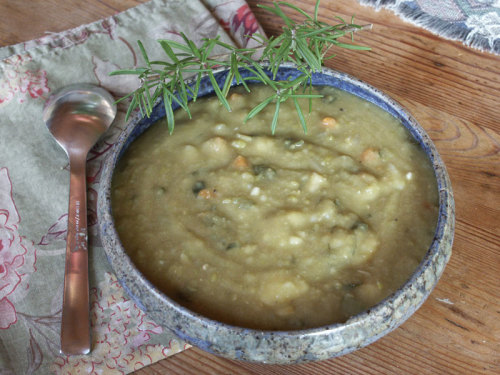
Rosemary is not as popular a culinary herb in the United States as in Europe. In Italy, where it is much loved, a sprig of rosemary (and sometimes a branch of sage as well) are commonly included with purchases at butcher shops in Northern Italy. Italians consider it excellent with roast meats, poultry, and fish. Branches of rosemary are usually put on the coals when lamb and kid are roasted. It is also used in stews, bean dishes, with potatoes, and in certain sweets. It is also served with the cheese course, in lieu of dessert, chopped fine and strewn over Pecorino cheese drizzled with fine Tuscan olive oil.
Rosemary’s aroma is a combination of fir, balsam, and ocean air. Its components of tannin and camphor give it a moderate bitterness and pepperiness, which are especially good with foods rich in fat or with bland foods, such as potatoes or legumes. For some, the flavor of rosemary is very strong, but its champions like the warmth and richness it gives to hearty dishes and its spiciness with more delicate fare. Dried rosemary may be generally used for fresh, with the exception of use with cheeses.
Rosemary must be dried in the whole needle to preserve its oils, but it should be ground or tied in cheesecloth to prevent the sensation of chewing on pine needles. The strength of the dried herb varies greatly, but commonly the amount used is one-quarter that of fresh.
How to grow rosemary in warm and cool climates
Although rosemary is a true Mediterranean plant and will not survive extremely cold winters, it can be grown in pots with the following care. Keep the plants in appropriately sized containers, transplanting as necessary. When transplanting, allow plenty of room for the roots. Use a mix of perlite, large-grained sterile sand, granite dust, and/or chicken grit for good drainage and aeration, along with a combination of humus and potting soil to make the best mix for growing Mediterranean herbs.
Set the plants outdoors in the summer, taking care to water them well. About one month before the first frost is expected, bring the plants to a protected area near the house. I keep my rosemary plants in a protected spot near the house and only bring them indoors when the temperatures are going to drop to below 30°F. Then I bring them into my greenhouse, which is passive solar, so it is fairly cool in there. They are better off outdoors with fresh air until the last minute rather than indoors with dry heat. Rosemary loves light, and this need must be met in the house or garden. I move the plants back outdoors as soon as the really cold weather has passed—usually in March in my Zone 7 garden.
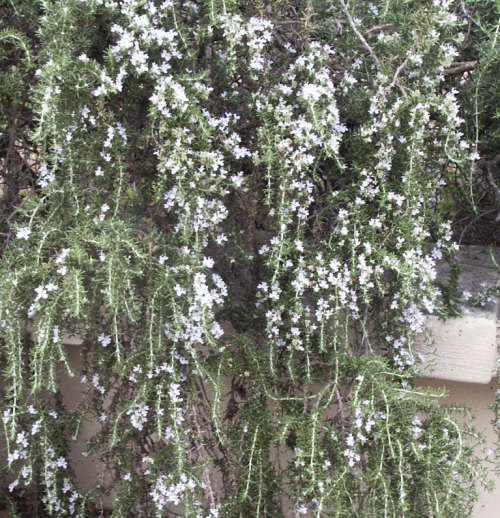
For those of you in warmer climes, you are lucky to be able to grow your rosemary outdoors year round. You can see in the photos how they thrive in Texas. There are a few hardier varieties that you can try to overwinter in the central United States, such as ‘Salem’, ‘Hill Hardy’, and ‘Arp’, but I haven’t found anyone who was able to overwinter them outdoors in the northern states. If it is going to be very cold with freezing temps, we wrap our rosemary plants with a few layers of Reemay (floating row cover) to keep them from freezing and drying out. This has worked for us so far and enabled us to bring them through a long, cold winter.
Cuttings are the best way to make more rosemary
A cutting is the best way to start rosemary, as seed germination is slow. Rooted cuttings are generally available from herb or nursery suppliers. Rosmarinus officinalis is the herb to buy for culinary use and is the easiest to grow. There are a large number of varieties of R. officinalis, and from the cook’s point of view, all can be used successfully—thin or thick-leaved, pink or blue-flowered, and pine-scented. All rosemary types are good for cooking. The varieties have different aromas, slightly different flavors, and quite different physical characteristics, such as plant and leaf size, variegation, flower color, and cold-hardiness; become familiar with them to discover which ones you like. Water and mist rosemary regularly, and fertilize every couple of months, both outside and inside. Reduced sunlight and lower daytime temperatures in the house lessen the need for water; let the plants dry between watering. In temperate gardens rosemary does very well against brick or stone. Some magnificent plants can be found growing against walls and barns in the southern United States and the Mediterranean region, where the plants spread by layering. It grows nicely as a freestanding shrub but requires more attention to avoid a straggly look. It can become a hedge if given the proper growing requirements. A low-growing tender variety, R. officinalis var. prostratus, makes a fine ground cover, growing from 10 to 12 inches tall and spreading easily.
|
|
|



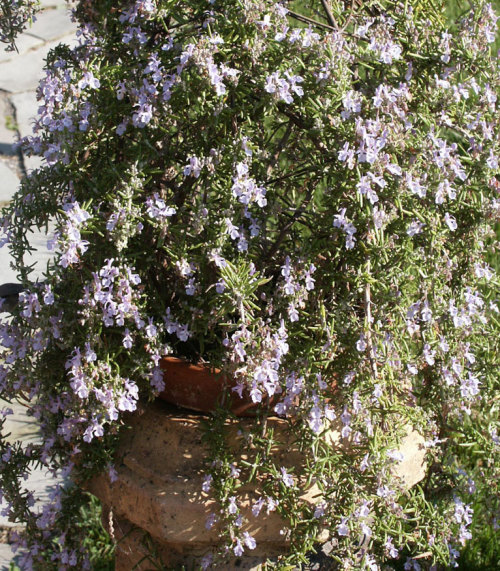

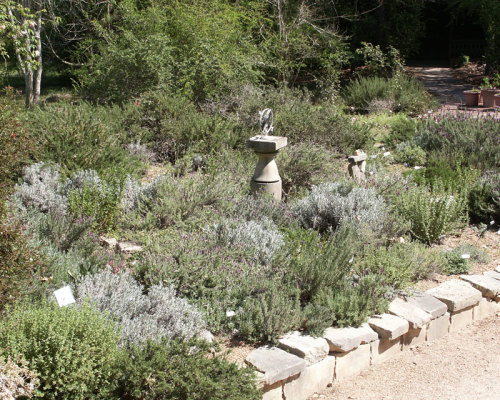
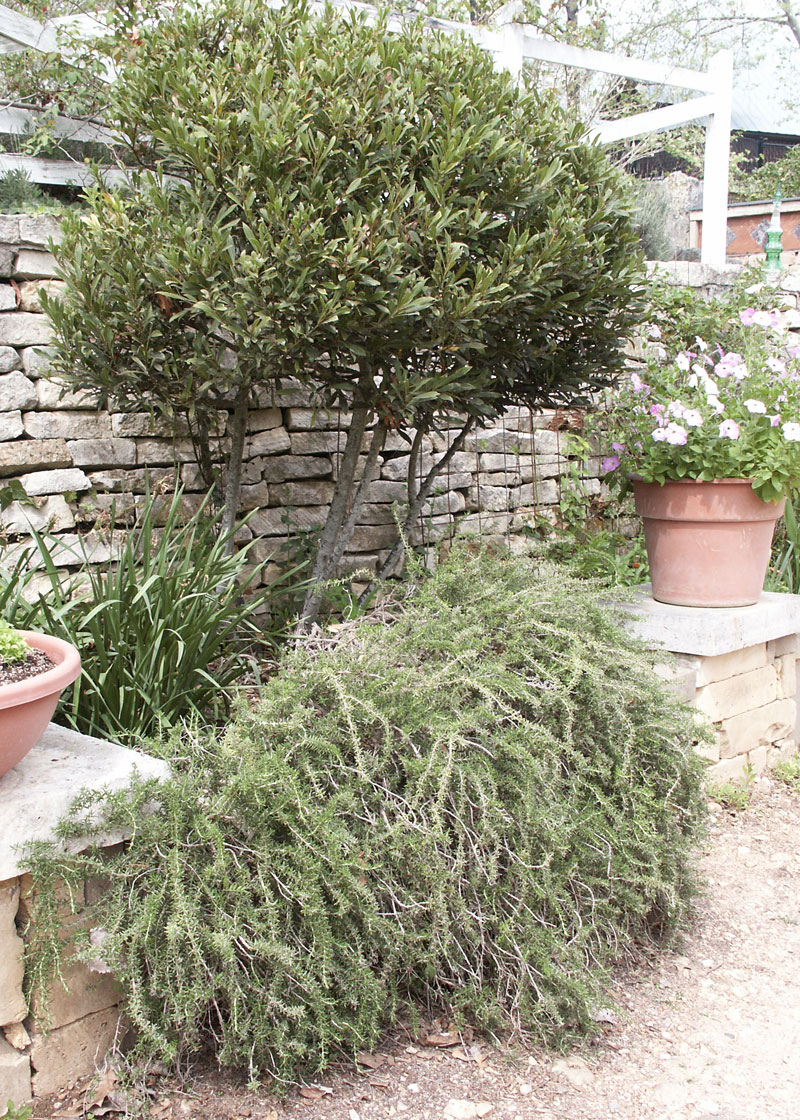



Comments
Log in or create an account to post a comment.
Sign up Log in